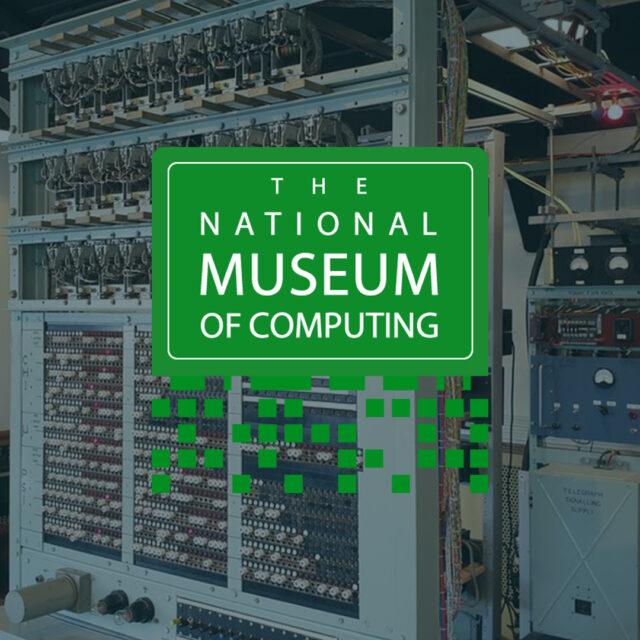
Generative AI with AWS and Version 1
AWS Collaboration Partner of the Year – EMEA 2023
Since 2018, Version 1 has held the status of an AWS Premier Consulting Partner, establishing itself as one of the select few Generative AI experts with publicly available case studies in both the UK’s public and private sectors. Our significant investments in expanding our Data and AI division, along with our AI Innovation Labs, underscore our commitment. Moreover, our history of successfully executing Generative AI projects demonstrates our proven expertise in this domain.
Why AWS for Generative AI
- Amazon Bedrock provides access to leading foundation models from day one – enabling you to build and scale responsible generative AI applications with security and privacy.
- AWS provides the highest performance GPU-based instances, supplemented by custom built accelerators to provide the most performant low-cost infrastructure for generative AI.
- AWS provides a comprehensive set of data and AI services to leverage and sculpt your organisation’s data through applications that understand your business, your data and your customers.
Use Cases for Generative AI
Improve Customer Experiences
- Chatbots & virtual assistants
- Conversational analytics
- Personalisation
Boost employee productivity
- Employee assistant
- Code generation
- Automated report generation
Enhance creativity
- Marketing content
- Sales collateral
- Product ideation
Accelerate process optimisation
- Document processing
- Data augmentation
- Supply chain optimisation

Why Version 1
- AWS Premier Consulting Partner
- Professionals with over 500+ AWS certifications and accreditations
- Expertise in the Private and Public sector
- AWS DevOps Specialisation
- AWS Consulting Specialisation
- AWS Managed Services Program (MSP) Consulting Partner
- Migration Competency
- True Multi and Hybrid Cloud Specialists
AWS Collaboration Partner of the Year – EMEA 2023
Customer Success
-

Financial Services
Perl to Python with Generative AI for SpiderRock
